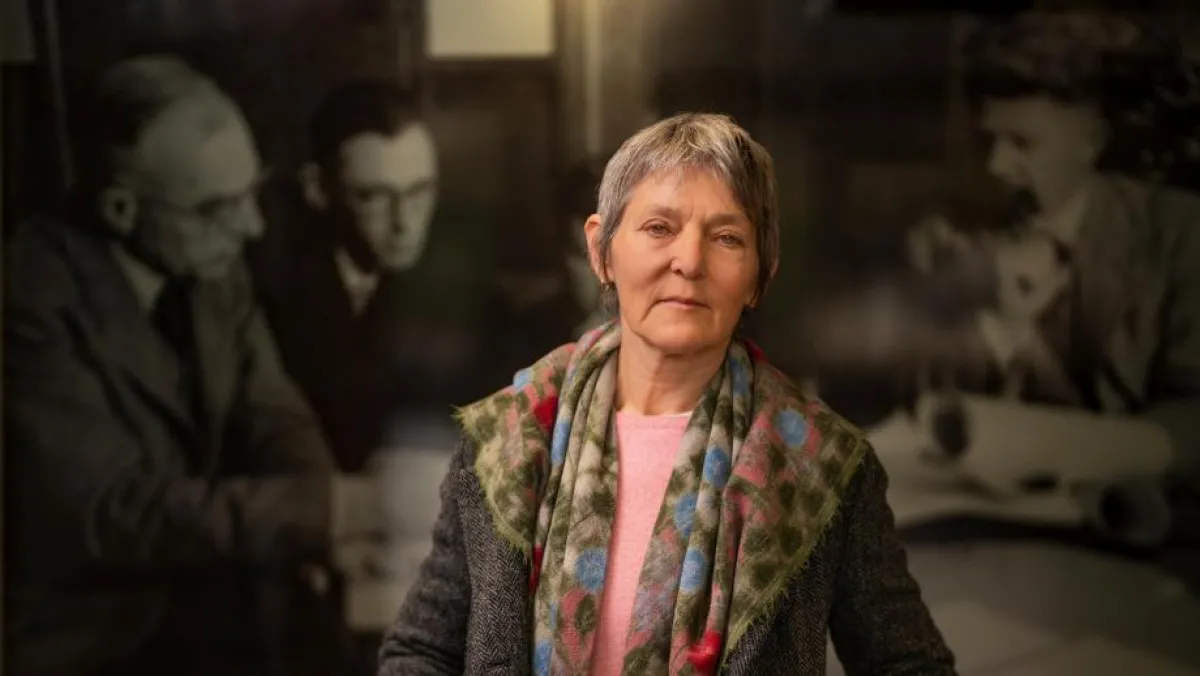Why men need to work like a woman

It’s time to reimagine gender equality and help men “work like a woman”, Professor Lyndall Strazdins argues.
For too long we’ve been thinking about gender equality in the workplace as women ‘catching up’ with men; women smashing through the glass ceiling to achieve high-powered parity. But this fundamentally misses the point. What’s really needed is a reimagining of equality; to help men spend more time fulfilling their roles as fathers, carers, partners and active community members. In other words, men must do more to work like a woman.
The yardsticks we use to measure gender equality in the workplace — women working the high-flying jobs traditionally held by men and equal pay for equal work — are sizing-up a broken system. These standards assume the way men work is the best way, and something to aspire to. They are based on outdated assumptions that men are the breadwinners, while women look after them, their families and communities. It’s outrageous that these assumptions are overriding the facts. The facts tell us that while modern men have similar workforce participation rates to those in the 1960s, twice as many women are in the workforce today. So, who looks after women? And who takes charge of all the other work?
Our modern gender policy around employment is a muddling paradox that aims to increase the number of women working full-time hours, just like men do, but we know many women can’t. So, it provides family-friendly and part-time options. This forever dooms women to be working differently from men, and this will never allow women high-powered, well-paid, and influential jobs; because these roles require time.
It’s a matter of time: the hour-glass ceiling
Gender gaps in pay and seniority are almost always linked to long work hours. We know that women are as skilled as men; 38 per cent of women compared to 31 per cent of men have a Bachelor degree or above. Yet they are less likely to be employed; 62 per cent of women compared to 71 per cent of men. And when they do work, they earn less: approximately $25,000 per year less for full-time employment.
But time is an area in which women often can’t match up to men. We have allowed holding a good job to become a tournament of endurance — eating ‘al desko’ and sending midnight emails are proof of performance. A system that fails to set upper limits on work hours is a system that pits unpaid care and family and community responsibilities against climbing the career ladder. In 2018, full-time employed Australian men worked 43 weekly hours compared with 39 hours for women on average. This adds up to 190 hours per year, assuming one month of leave. Quite a time advantage.
Of course, women can, and do, work like men, but it usually comes at a cost — to their physical and mental health and their unpaid albeit invaluable contributions to family and community wellbeing. Surely we can have a better system than that.
The mother of all questions: how do we help men move back into the home?
Just as we want to support women to move out of the home, we need to help men move back into it. That’s what real workplace reform needs to achieve.
We know more Australian men than women are saying they don’t know how to have a job and be a parent. It’s a national tragedy. And we don’t have a voice that articulates that, or a strategy to change it.
We need to shift the bar from time on the job to merit, quality and innovation. We need reasonable full-time hours that are limited, paired with the withdrawal of financial and career advancement rewards for overworking—across all levels of seniority in organisations.
It’s imperative we revise work hours for everyone in all jobs so that working, caring and even volunteering are possible and rewarded. We need policies that reward fathers who take leave to care for their babies and young children, and a cultural change in workplaces that expects them to do so. Like Iceland.
Experience in other countries shows these policy innovations are possible and effective. For example, the shorter hour working week spearheaded by France or the dual worker-carer model embedded in Finnish policy since World War II.
We’ve encouraged women to step into a system that is built on their backs, asking them to work and care. Then set up an expectation that they can become ‘equal’. But what we are really asking is for women to do more, and trade-off their health in the meantime. Until we interrogate what ‘working like a man’ actually is, or whether we want it anymore, we will not achieve workplace equality.
Professor Lyndall Strazdins is the Director of the ANU Research School of Population Health and a leader in the field of work, family and wellbeing.
This article appeared in the Winter 2021 edition of ANU Reporter
